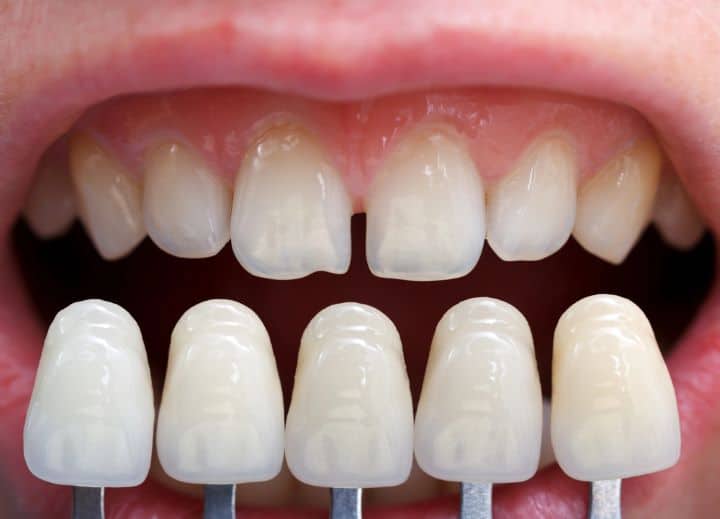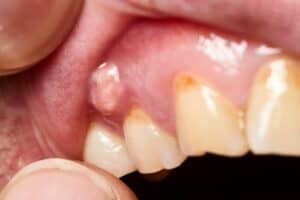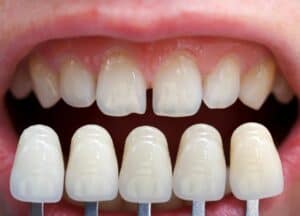Sometimes, your tooth needs a lot of work at a dentist, and it can’t be done at once. Your dentist will provide you with a temporary dental filling to work on your single tooth at different appointments.

In other words, temporary dental filling is a band-aid for your tooth and can help you reverse the symptoms that cause you a problem or keep you up at night.
So, a temporary dental filling is a short-term solution your dentist provides before he processes a permanent treatment on your tooth.
Let’s delve into all the intricacies of temporary tooth fillings to gain a thorough understanding.
What Are Temporary Dental Fillings?
Definition and purpose of temporary dental fillings:
A dentist may place a temporary filling on your tooth instead of a permanent filling to provide an instant intervention for the symptoms you present with at a dental office.
These fillings stabilize your tooth by preventing further damage and symptoms until a definitive solution is provided.
These fillings are typical solutions when your tooth needs multiple appointments to address a dental problem completely.
For instance, if your tooth needs a dental crown but has an infection, you’ll need a temporary filling before a permanent one as an interim solution for pain relief and healing.
These fillings provide a temporary barrier against debris and bacteria while keeping the tooth infection-free and damage-free.
There are multiple purposes to why a dentist will provide you with a temporary filling. Here you go:
1) Protection: These fillings aim to protect the inner surfaces of the tooth from bacteria and food particles. Sealing the tooth helps prevent further tooth decay and damage until restored with a permanent filling.
2) Pain Relief: These fillings provide massive pain relief in cases of root canal therapy, extensive tooth decay, and dental trauma. Covering the exposed site with a filling material helps keep the inner tooth structure safe from changes in the oral environment.
3) Stabilization: These dental fillings are the tooth structure builder and help prevent the tooth from fracturing or cracking.
4) Prevention from Infection: Sealing off the prepared tooth prevents bacteria from accessing the tooth. This prevents tooth infection, minimizing the overall risk of complications.
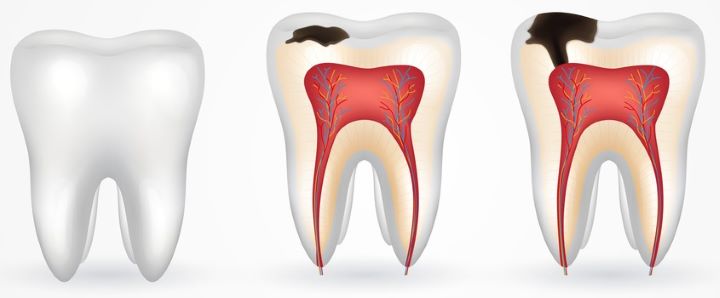
When are temporary fillings used?
As the name suggests, temporary fillings provide an immediate tooth restoration solution while implementing the permanent solution requires some time.
These are handy and can be used in cases of tooth damage or breakage before getting a permanent fix. Secondly, a temporary filling protects your tooth if it requires multiple appointments to be fixed permanently.
It also provides the coronal seal to a tooth between multiple root canal appointments. Moreover, a temporary filling allows the tooth to be healed if infectious or painful, even after the interventions are taken.
These are also a great solution if your finances are tight and you have no insurance plan to cover the cost.
The Process of Getting Temporary Dental Fillings
The procedure for getting a temporary filling is very similar to the procedure for getting a permanent filling. Consider that a temporary filling entails multiple visits to a dental office compared to a single dental visit required for the latter.
History taking and examination are the key aspects to consider when you reach a dental office for a consultation. Your dentist will examine your tooth with the help of mouth mirrors and explorers to assess its condition.
The examination will allow your dentist to know about the condition of your tooth and the severity of the disease. He’ll propose a provisional diagnosis, which he will later confirm with a dental X-ray.
Preparing the tooth for the temporary filling:
Once your dentist has made the diagnosis and decided to give you a temporary filling, he’ll start with the tooth preparation. Before getting his hands on the dental motor, he’ll numb the affected area so that you’ll feel no pain during the procedure.
Next, he’ll use the dental motor to clean the tooth by removing all the decayed tooth structures.
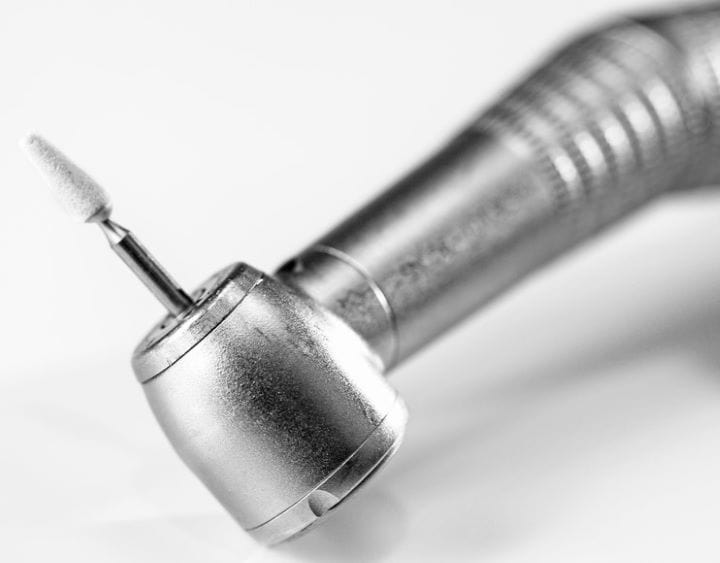
The dentist will thoroughly clean and dry the tooth to create a suitable environment for the filling material to adhere to the cavity.
Placing the temporary filling;
After the tooth preparation, your dentist will place the filling into your tooth. The material is usually soft and can be molded easily with the help of dental instruments.
It is a temporary cement-like substance or soft composite that hardens upon exposure to light. Next, your dentist will smooth the filling to prevent sharp edges and roughness that may irritate you later.
Aftercare instructions for temporary fillings
You’ll be provided with aftercare instructions to improve the longevity of the temporary filling until your next appointment. You’ll be asked not to chew hard or sticky foods that can dislodge the filling.
You’ll also be asked to maintain proper oral hygiene to prevent food impaction around the filling, which can give rise to pain on biting, or, in other words, you may have gingivitis.
Advantages of Temporary Dental Fillings
Summing up all the advantages of a temporary dental filling, in a nutshell, would be difficult without assorting it into sections:
Protection of the tooth before a permanent filling:
- These fillings provide a barrier between a tooth and the oral cavity, preventing the tooth from undergoing further damage, infection, and destruction.
- It provides a seal to the tooth so no food particles and bacteria enter it.
- It maintains the structure of the tooth before a permanent filling gets in.
- It helps the tooth to function even between appointments
Relief from pain and discomfort:
- These fillings provide immediate relief from tooth pain, which was unachievable with NSAIDs alone. The pain can be due to severe tooth decay or damage that happens due to dental trauma.
- These fillings cover the exposed pulpal tissue, providing a barrier between the tooth and the environment. In this response, the tooth produces secondary dentine beneath the filling material to heal the tooth.
- These fillings reduce tooth sensitivity and pain by providing a tooth barrier from the oral environment.
- The temporary filling materials cushion and significantly relieve pain and inflammation.
- Preservation of tooth structure:
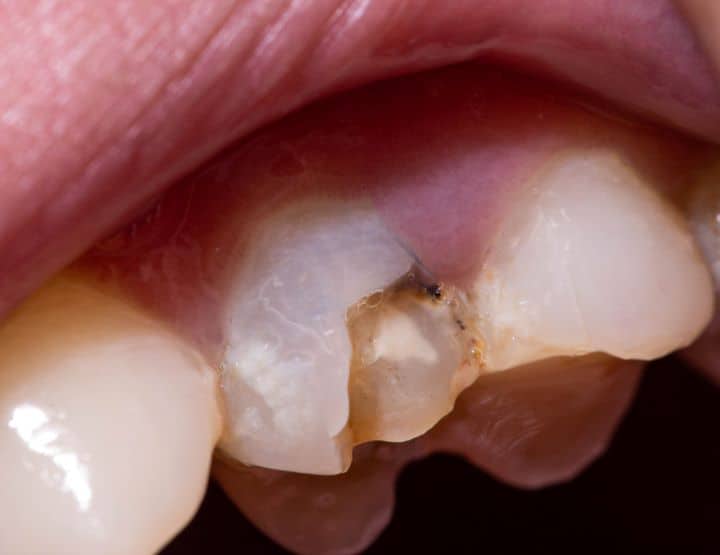
- Fillings are generally done to preserve the integrity of the tooth, be it the temporary or the permanent ones. These protect the tooth from further damage.
- It protects the tooth structure and allows subsequent dental procedures like root canal therapy, crowns, and bridges to be done quickly.
Temporary vs. Permanent Dental Fillings
Key differences between temporary and permanent fillings
- Material: The temporary fillings are typically made of zinc oxide eugenol, glass ionomer cement, and composite resin for short-term protection. On the other hand, permanent fillings are made with amalgam or durable composite resins for extended protection.
- Durability: Permanent filling materials are designed to last for years under strict chewing pressures, while temporary fillings require frequent replacements within a few weeks of pl;acement.
- Filling Process: Temporary fillings are easy to place and remove, while permanent fillings require tooth preparation, adequate placement, and finishing after the filling is placed.
- Purpose: Temporary fillings are meant to provide short-term pain relief and functional stability on an immediate basis. However, permanent fillings are intended to restore the function and appearance of the tooth in the long run.
When temporary fillings are preferred over permanent fillings?
- Emergency Treatment Options: An interim yet immediate treatment option to protect the integrity of the damaged tooth or provide immediate pain relief until a permanent solution is implemented.
- Multiple Appointments: Whenever a tooth needs to be opened multiple times during dental visits, your dental professional will perform a temporary restoration for easy access to the tooth.
- In between root canal treatments: Root canal treatment is performed on multiple visits. Your dental professional will place a temporary filling material to provide a barrier to your tooth and help you function during the appointments.
Longterm implications of temporary fillings:
- Less Durable: The durability of temporary filling material is compromised. Therefore, a temporary filling may increase the risk of tooth damage and decay if left in the tooth for a long time. Temporary fillings last a few weeks and require replacement periodically.
- Easily Dislodged: These fillings are soft, so they are prone to fracture and dislodge quickly, especially when subjected to excessive chewing pressure and biting force.
- Limited Lifespan: These fillings require frequent replacement to maintain the integrity of the tooth.
- Aesthetically Compromising: Temporary fillings are less aesthetically pleasing than permanent ones. So, your overall tooth appearance won’t improve unless the former is replaced with a permanent solution.
Caring for Temporary Dental Fillings
Proper oral hygiene with temporary fillings:
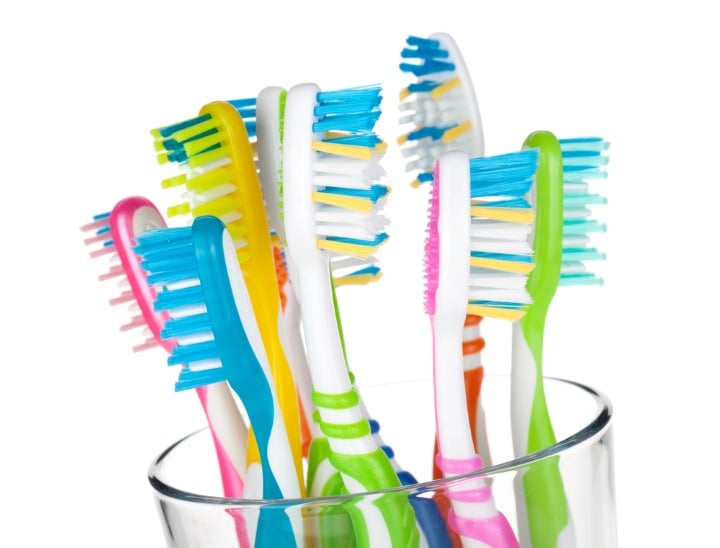
You must brush your teeth twice daily with a soft bristles brush to prevent the accumulation of food around the temporary filling. Please ensure you are gentle with your moves; otherwise, you may end up dislodging it.
Floss once daily with a gentle sawing motion to keep the filling intact.
Use antimicrobial mouthwash or warm salt water rinses to reduce the overall bacterial count in your mouth.
Foods and activities to avoid with temporary fillings:
You must not chew on hard and crunchy foods like candies and nuts, as these can damage and dislodge your temporary filling.
You should also avoid sticky or chewy food like caramel and chewing gums, as these can also pull your filling out.
You should also avoid eating and drinking icy and hot foods and beverages, as sudden temperature changes can cause the filling to expand and contract, leading to discomfort and pain.
Signs of potential issues with temporary fillings:
- Pain and associated symptoms: If you’re facing consistent pain and sensitivity in the tooth that has been temporarily filled, you must see your dentist. The discomfort and pain might be due to an underlying tooth decay that has extended to the pulp. You must seek prompt dental advice to prevent the tooth from further damage and loss. Your dentist will closely evaluate your tooth and advise on proper treatment options to alleviate symptoms.
- Dislodgement: If your temporary filling is dislodged, you must see your dentist. Loose or displaced filling questions the overall integrity of the tooth and may cause further structural loss if not corrected on time. Your dentist will evaluate the situation and replace the filling to stabilize the tooth.
- Swelling: Swelling on the gum line near the temporary filling warrants immediate dentist attention. This signifies an underlying infection and irritation that can lead to significant complications. Your dentist will evaluate the tooth and provide effective treatment options to counteract the swelling.
- Damaged Filling: If your filling is cracked, contact your dentist immediately. Your dentist may replace the filling with a newer one to ensure the continued health of the tooth.
How long do temporary fillings last?
Temporary filling is designed to last somewhere between 6 to 8 weeks.
They’ll work this long unless the filling breaks away or falls out.
The longevity of the filling material depends on factors like the material used, the type and anatomy of the tooth, and whether the aftercare instructions were implemented.
Can you eat with temporary filling?
You can eat with temporary filling, but you must be mindful of what you eat. Here are a few tips:
- Eat soft or easy-to-chew food. Don’t eat hard, crunchy foods that favor the dislodgement of a temporary filling.
- Avoid putting direct pressure on the filling.
- Take small bites to reduce stress on the filling.
- Avoid the intake of extremely hot and cold food to prevent the expansion and contraction of filling material.

